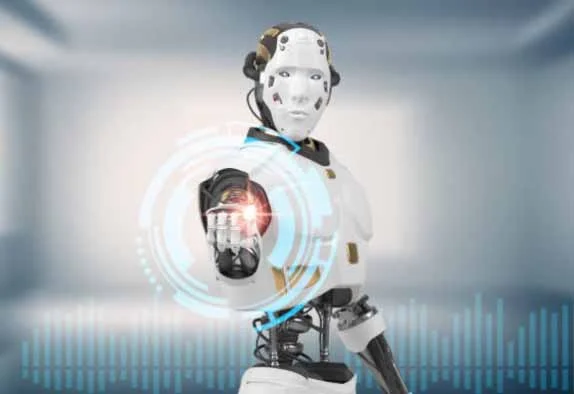The Rise of the Robotic Revolution in Manufacturing
The manufacturing industry is no stranger to innovation. From the assembly line revolutionizing production in the early 20th century to the introduction of computer-aided design (CAD) that streamlined processes, manufacturers have always embraced technological advancements to drive growth and efficiency.
However, the new wave of automation powered by robots is taking this transformation to a whole new level. Robotic technology is amassing an increasing presence on factory floors, and its impact on manufacturing processes is nothing short of revolutionary. In this article, we’ll explore the impact of the robotic revolution on the manufacturing industry and shed light on its key trends and insights.
Increased Efficiency and Productivity
One of the primary advantages of incorporating robots in manufacturing is the significant boost in efficiency and productivity. Robots are capable of tirelessly performing repetitive tasks with precision and accuracy, eliminating the possibility of human error. This allows manufacturers to achieve higher production rates and reduce production costs.
Furthermore, robots can work non-stop, 24/7, without needing breaks or rest, ensuring continuous production cycles. By leveraging artificial intelligence and machine learning algorithms, they can also adapt and optimize their actions, improving productivity even further over time.
Enhanced Quality Control
Quality control is vital in manufacturing to ensure that products meet or exceed customer expectations. With robots, manufacturers can achieve consistent and meticulous quality control throughout the production process. Through the use of advanced sensors and computer vision, robots can detect defects, measure dimensions, and identify deviations, ensuring that only high-quality products reach the market.
Robots can perform repetitive inspections at a much faster rate than human workers, reducing production delays and the need for rework. This not only improves efficiency but also helps build a reputation for delivering top-quality products, leading to customer satisfaction and loyalty.
Improved Workplace Safety
Concerns for workplace safety have been at the forefront of the manufacturing industry for decades. With the introduction of robots, manufacturers can address many safety issues and create a safer working environment for their employees.
Robots can handle hazardous and physically demanding tasks, such as heavy lifting or exposure to toxic substances, which pose risks to human employees. By delegating these tasks to robots, manufacturers reduce the likelihood of injuries and accidents, improving overall workplace safety.
Future Trends and Insights
The robotic revolution in manufacturing is poised to continue evolving at an accelerated pace. Here are some key trends and insights to keep an eye on:
Collaborative Robots
Collaborative robots, often referred to as cobots, are designed to work alongside humans, collaborating rather than replacing them entirely. These robots can handle intricate tasks requiring human-like dexterity, while also ensuring the safety of human co-workers. The growth of cobots is expected to increase collaboration between humans and robots, creating a more harmonious and efficient work environment.
Internet of Things (IoT) Integration
The integration of robots with IoT technologies is becoming more prevalent in manufacturing. By connecting robots to a network of smart devices and data analytics platforms, manufacturers gain real-time insights into production processes, enabling them to make data-driven decisions. This integration further enhances efficiency, quality, and predictive maintenance capabilities.
Advanced Analytics and Artificial Intelligence
The use of advanced analytics and artificial intelligence in robotics promises to unleash further potential in manufacturing. By leveraging machine learning algorithms, robots can analyze vast amounts of data, optimize production, and predict maintenance requirements. This data-driven approach helps manufacturers achieve higher levels of precision, minimize downtime, and improve overall profitability.
Conclusion
The robotic revolution in manufacturing is transforming the industry as we know it. With increased efficiency, enhanced quality control, and improved workplace safety, robots are reshaping production processes for the better. As collaborative robots, IoT integration, and advanced analytics continue to advance, the future of manufacturing holds even more promising possibilities.
As manufacturers embrace the robotic revolution, staying updated on the latest trends and insights will be crucial for businesses to remain competitive. By adopting a proactive and adaptive approach, manufacturers can unlock the full potential of robotic technology, driving growth, and success in the ever-changing landscape of the manufacturing industry.

